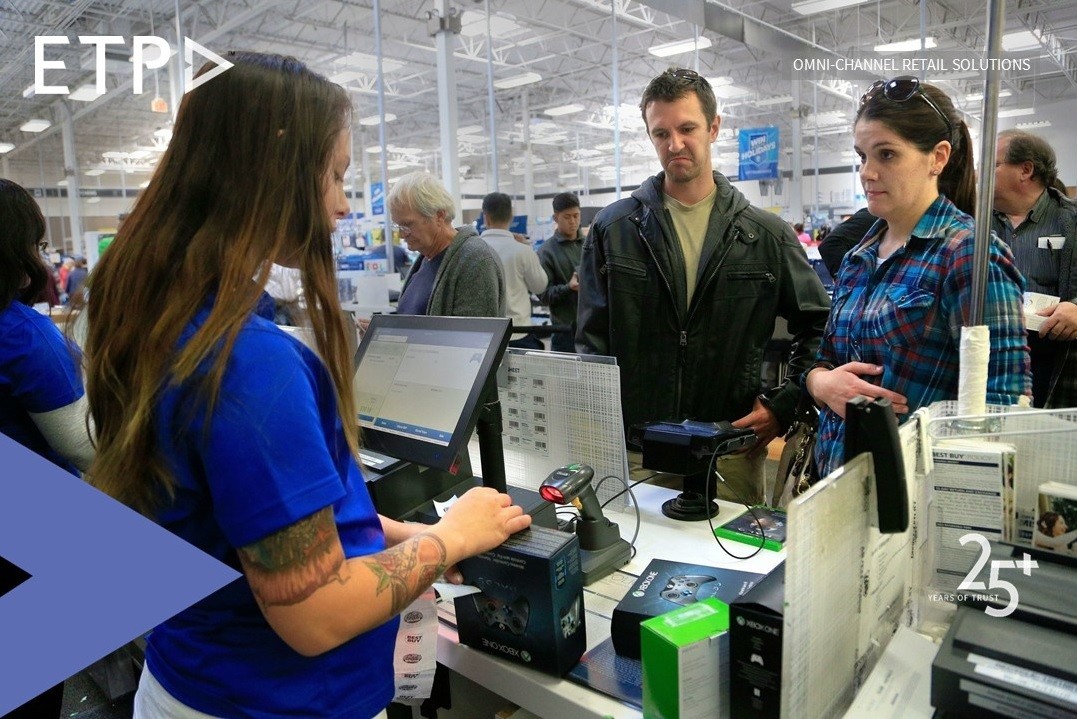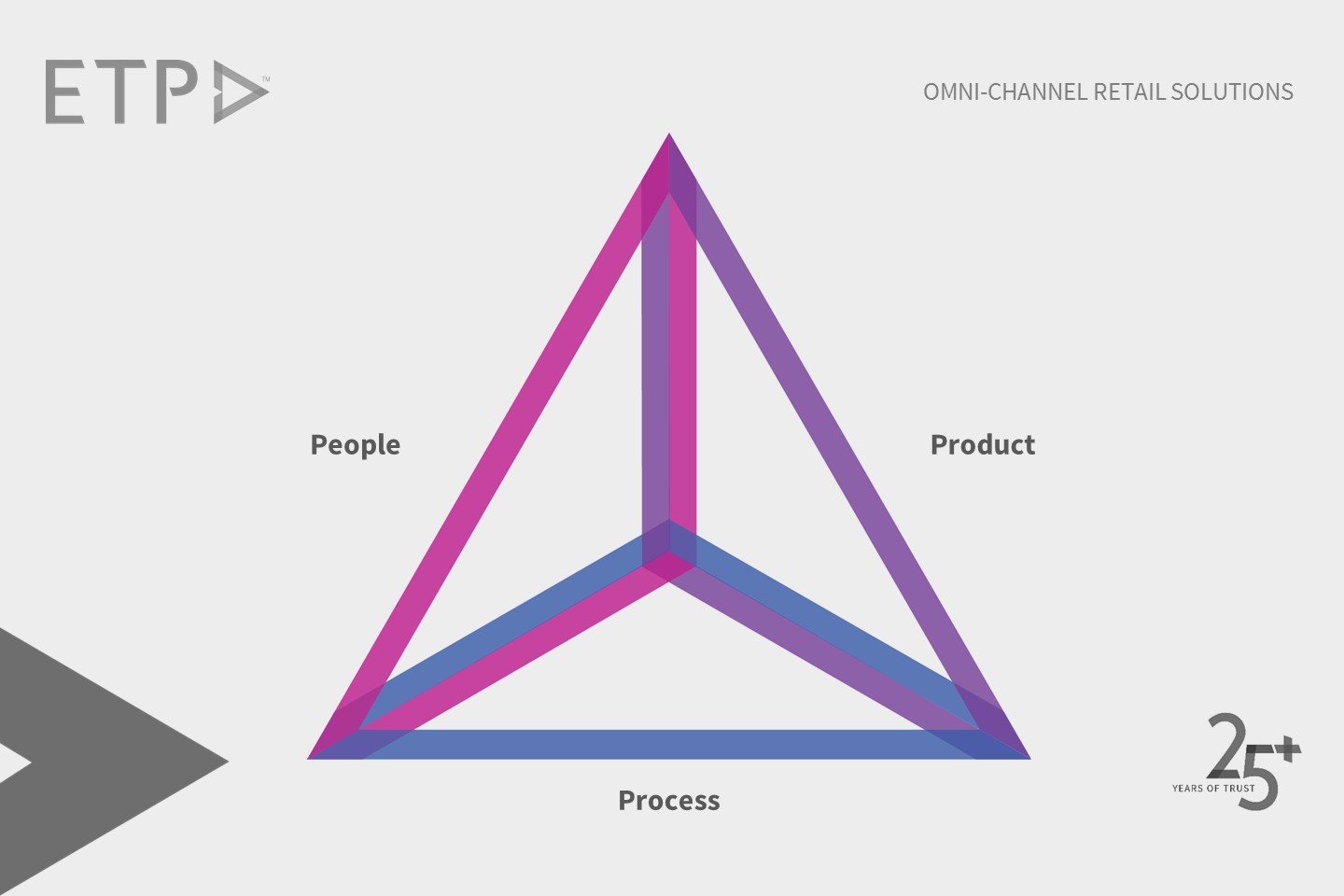
The festive season is synonymous with shopping and sales. Year after year, the festive shopping season gets more demanding, basically due to two main factors â increase in the number of shoppers and rise in the competition amongst retail businesses. While more shoppers is certainly good news to the business, tough competition can be detrimental to success in the festive shopping arena.
One of the most common and probably one of the most effective techniques used by retail businesses to attract shoppers is offering festive discounts. Discount based promotions are a popular crowd puller but in the modern day retail, planning and executing discounts the right way can be a huge challenge. Retailers need to make sure that customers are finding their offers better than the others. At the same time, they also need to ensure that they are not gouging a hole in their own pockets while offering markdowns or free of charge products.
Here are some simple tips that retail businesses can use to make discounting work:
Defining objectives: This is an important step that retailers need to take while thinking about discounts. They need to clearly define the purpose of running a sale or a promotion and ensure that it is aligned with the overall business objective. The purpose could be varied, such as, looking for new customers, encouraging repeat purchases, selling off old stock and so on. Based on the purpose, retailers can decide what kind of offers they need to plan and execute, when to run the promotion campaigns offering the discounts and which products should they be offering discounts on. Further, the performance of the promotion can be tracked and measured effectively when the purpose is clear.
Segment right: Once the purpose is defined, next is to identify the target audience to whom the discounts would be offered. This includes segmenting shoppers in to different buckets so that more relevant and attractive discounts can be offered to each. Shoppers can be segmented based on their purchase history, their buying preferences, their budgets, demographics and more. Shoppers would be more eager to receive offers that are most appealing to them.
Mindful of margins: Retail business owners need to be mindful of their margins while running offers and discounts. Based on the objectives and customer segments, they need to set an acceptable margin so that they donât end up giving away too much and running into losses.
Creatively strategize: Once retailers have their objectives defined, they know which customer segments need to be targeted and they have set their acceptable range of margin, they should then draw up strategies and define the business rules for running the promotions. While doing so, retail owners should get creative through techniques such as clever pricing, highlighting new products, offering different discounts for varied set of customers.
Execute and monitor: Next, it is time to get your promotions engine running and track its performance against set KPIs that have been predefined keeping in mind the objectives, margin, customer segments and plans. Constantly and proactively tracking and tweaking the promotion campaigns for improving performance is necessary to reap maximum benefits from discounts.
Offering discounts is a tested and proven technique for retailers to make the most of the shopping season, but it is important that it is done right.



